The names “Walther” and “France” don’t go together naturally. The former is a historic and respected German firearms manufacturer. The latter is a nation with good reason to not like German firearms. Yet, somehow, I have in front of me a 1950s-era version of the standard German World War II sidearm, the P38. And it’s stamped “Made in France.” How could that be? Read on.
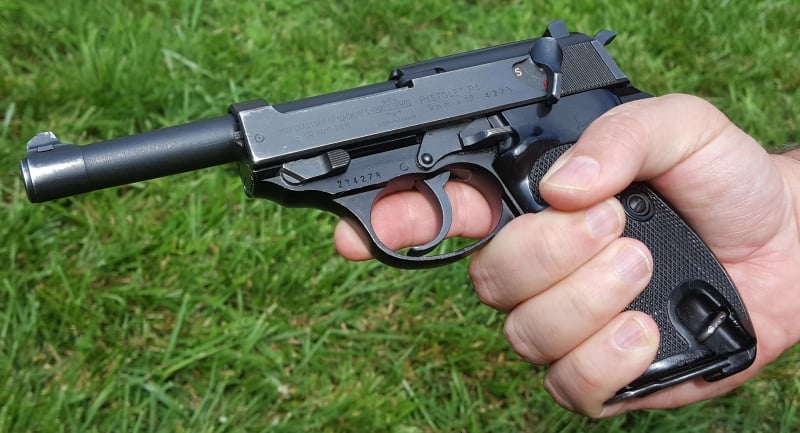
Germany in Ruins
Germany was prostrate in 1945, battered into submission by the combined forces of the United States, the Soviet Union, Great Britain, and France. Postwar Germany was partitioned into four occupation zones, each controlled by one of the four major Allied nations. The victorious Allies strictly prohibited German weapons manufacturing, which is understandable considering Germany had provoked history’s most destructive war just six years earlier.
Germany’s fanatical last-ditch defense had destroyed all the country’s institutions, which had to be de-Nazified in any case. The Western Allies had no choice but to use surrendered German soldiers and the existing domestic police forces to keep order and start to rebuild. The Soviets were more reluctant, but they did use some Germans in limited capacities.
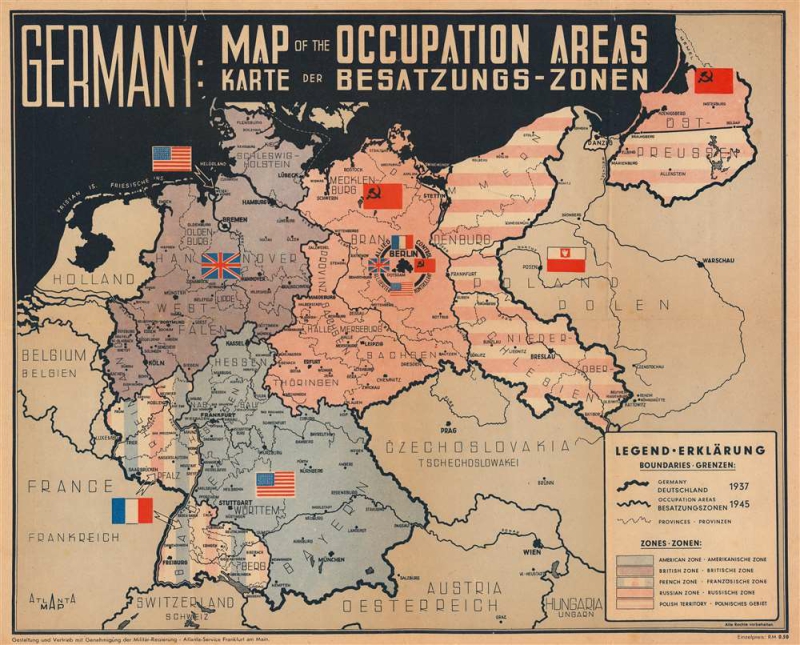
Some of those soldiers and police needed sidearms, though the number of armed Germans was kept to a minimum through the first few years. Pistol availability wasn’t a problem. The Walther P38 was arguably World War II’s best service pistol, and German personnel were trained in their use. The American, British, and French governing authorities issued wartime P38s when they deemed it necessary.
Walther Left with Nothing
Walther was based in Zella-Mehlis, a city that suddenly found itself in the Soviet Zone. Just before the Soviets’ arrival, two American soldiers arrived at company president Fritz Walther’s home. They gave him and his family one hour to pack and come with them. Fritz, the eldest son of company founder Carl Walther, was only able to salvage a folder containing design drawings and some 80 patents. He left everything else behind.
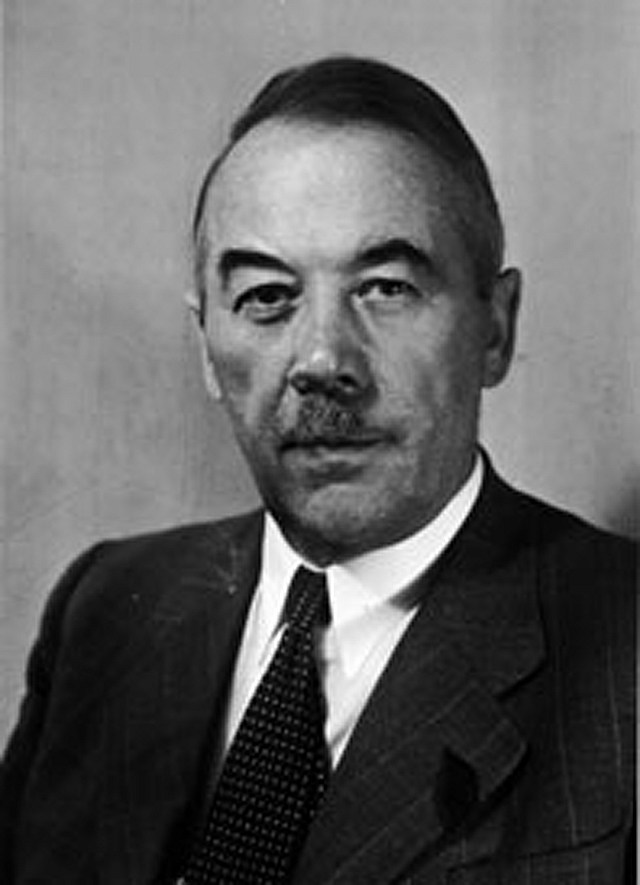
But he and his family were spared capture by the Soviets, who would have confiscated Walther’s property and work. Fritz himself would have been forced to work for the Soviets. It seems the Americans didn’t want that to happen. The Cold War was already beginning. The Soviets soon demolished the old Walther factory and Fritz Walther moved west to re-establish his business in Ulm, Germany, where Walther is still based today.
The Berlin Problem
The German capital of Berlin lay entirely in the Soviet Occupation Zone, approximately 60 miles east of the British Zone. Political considerations resulted in Berlin’s partition into four zones of its own. The Western Allies administered their zones cooperatively for the most part, but the Soviet Zone was like another country. The American, British, and French Zones were collectively known as West Berlin, while the Soviet Zone was East Berlin.
The Soviets blockaded West Berlin in 1948, hoping to force an Allied withdrawal, but the Berlin Airlift kept the city supplied until Josef Stalin called it off after 11 months. The Communist government eventually built the Berlin Wall in 1961, but it wasn’t aimed at keeping Western residents out—it kept their residents in.
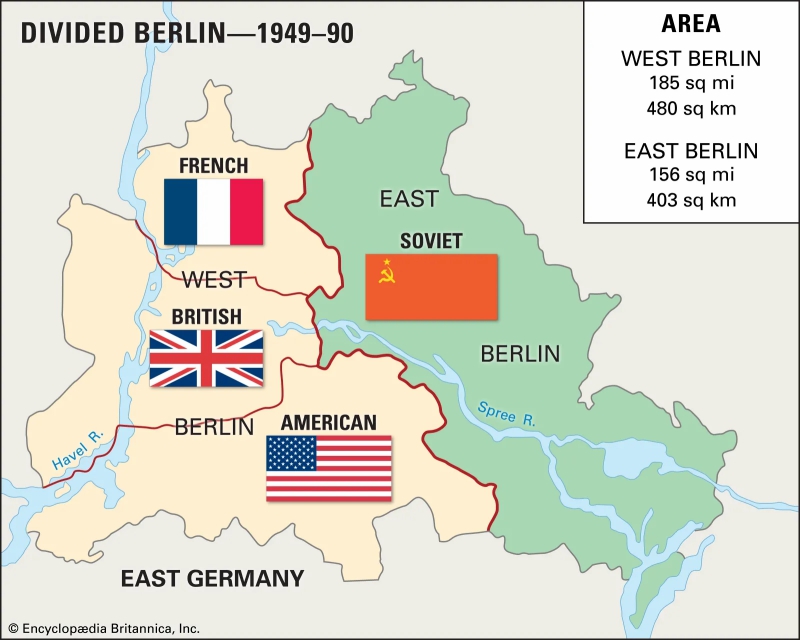
Berlin was subject to strict regulations, including how to arm its police forces. The Soviets strenuously objected to the West Berlin police being armed with German-manufactured firearms, including wartime guns. That seems rather silly today, but the Soviets had lost over 40 million people at the Germans’ hands. Their stance wasn’t about equipping the West Berlin police. It was about inhibiting a German weapons manufacturing resurgence, at least publicly. The Soviets knew they couldn’t stop already recovering companies like Walther, but they could make things difficult to keep up appearances. So, the West came up with a workaround.
Walthers Made in France
Walther was back in the gun-making business by the early 1950s, turning out P38s, redesignated as the P1, for the German police. They expanded that production to equip the new West German Army in 1955. But arming the West Berlin Police was a problem, thanks to the Soviets.
Russian intransigence was skirted by contracting with French firearms manufacturer Manurhin. The name “Manurhin” is a mashup of Manufacture de Machines du Haut-Rhin, the company’s full name. Walther also contracted Manurhin to make its PP and PPK pistols. In fact, every PP made between 1952 and 1986 came from Manurhin.
But even though the contract was in place, there was a bit of subterfuge. The Manurhin contract P1 pistols have wartime slides. They were left over from a Portuguese contract that was unfulfilled when the war ended. These are identifiable by a small pair of crossed cannons on the slide’s right side. They are also a little thinner than postwar Walther slides. Wartime slides also lack the front cocking serrations present on postwar slides. Finally, Walther added a hex bolt to postwar frames to strengthen the gun and prevent cracks caused by prolonged use. The Manurhin P1s do not have the hex bolt.

Walther manufactured the P1s’ alloy frames, which are lighter than the wartime steel frames. These new frames, along with the old Portuguese slides, were shipped to Manurhin, where the French company’s stamps, along with “Made in France,” were applied. So, the “Made in France” stamp is a misnomer. The guns were assembled in France, but they were made in Germany. The Soviets probably knew all this, but the extra gyrations allowed them to posture and save some face. The Manurhin P1s also feature a small rosette stamp on the trigger guard’s left side, denoting them as West Berlin Police sidearms. These guns served in West Berlin into the 1980s.
My Manurhin P1 Pistol
I bought my Manurhin P1 at a Texas gun show in 2010. I was one of the first people inside that morning, with no real agenda but some cash to blow. As I was scanning the room, I walked by a table that had what looked like a World War II German pistol, along with an authentic but battered flap holster. The lady was a private seller, and she wanted $350 for the gun and holster.
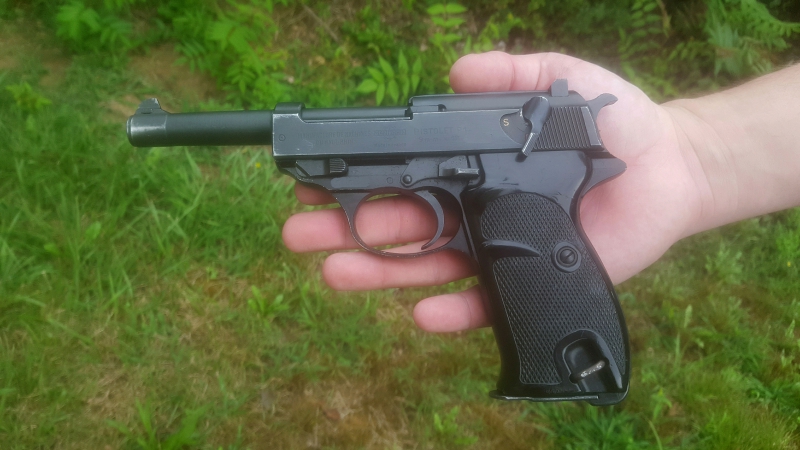
I’ve always been a World War II buff, but my gun knowledge was limited at the time. I bought it because of my historical interests. It wasn’t until I got it home that I noticed the “Made in France” stamp, and thought WTH? I honestly didn’t even know enough to examine the stamps before I bought it. Embarrassing.
But I’m glad I didn’t because I might not have bought it had I noticed the “France” stamp. So, I started researching my new gun and figured out basically what the deal was. I then took it to the range, where it handled and shot beautifully.
This gun apparently saw long and good service. The slide stamps show significant holster wear, and the finish isn’t perfect, though it’s still adequate. It was, however, very well maintained. The internals are in great shape, everything is smooth, and it still shoots great.
I took my gun to my friend Earl Sheehan, who is generally considered the top Walther guy in North America who doesn’t actually work for Walther. His shop is a Walther museum, including Fritz Walther’s personal sidearm, a P38 prototype, complete with an authentication letter from US Armed Forces, Europe, who confiscated it in 1945. He looked it over and confirmed its good condition. He said I stole it from the seller. If so, it wasn’t on purpose. If she didn’t know what she had, neither did I know what I was buying.
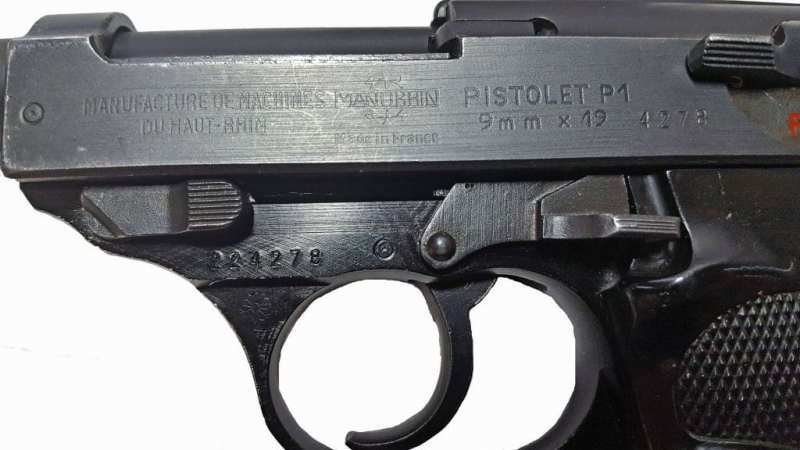
The flap holster is indeed authentic, stamped 1963. The black leather is showing its age, but it’s still very functional. It’s well-broken-in and I like the integral extra mag carrier. I never wear it around, of course, but I like having it, and I sometimes wear it at the range.
This Manurhin (really Walther, shhhh) P1 is my favorite handgun that I own. I’ve accumulated quite a few, many of them very cool and very capable. But I love this old P1’s feel, and I love how it shoots. It’s chambered for 9mm Luger, but it’s not +P rated, and it doesn’t really like hollow point ammo, so it’s not a part of my self-defense system. Plus, the single stack 8-round mag doesn’t cut it these days. But it runs. I wouldn’t hesitate to bet my life on this gun’s functionality if I had to.
A Cool Piece of History
I was a little bummed when I first bought my P1. I wished I had a “real” P38. But I didn’t know what I didn’t know. My friend Earl disabused me of that attitude when I mentioned it to him. He told me that I do have a real P38. It just has different stamps. Those and the gun’s service history make it a fairly uncommon find. Earl assured me that my gun is as “real” as any other postwar P38 or P1.

These days, I’m very glad I made that 2010 impulse purchase. I learned some new things and got a great firearm that I dearly love, and it sparked my interest in Walther products, which I maintain to this day. One of my two main carry guns is a Walther PPQ, thanks to this old P1. And if the P1 is my favorite handgun, my PPQ is number 1A.
So, if you run across a P1 (or a PP or PPK) marked “Made in France,” it’s not a hoax. It’s a real Walther. The only hoax, at least in the P1’s case, was on the Soviets, and who cares about those guys, anyway?


